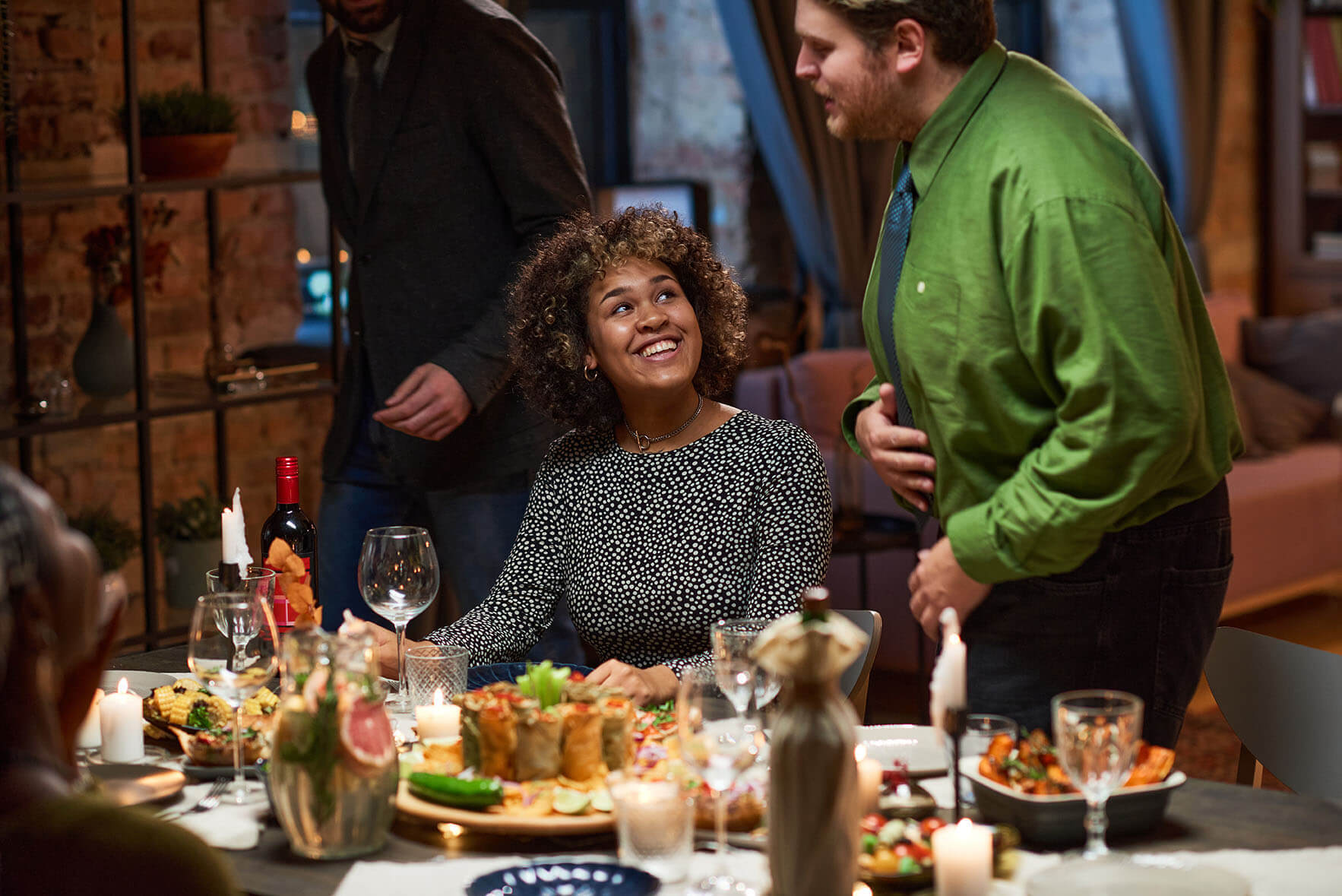IA Insights > Blog
How Girl Scouts Taught Me a Better Way to Collaborate
How Girl Scouts Taught Me a Better Way to Collaborate
Last September, I watched a group of 4th Grade Girl Scouts select field trip activities for the next school year. They had 10 choices, and each girl got to pick their top three. From all the choices, they would select four field trip activities for the year. The Troop Leaders, a group of parents including me, would then arrange for the activities that got the most votes. Since high-demand activities tend to fill up quickly, we also needed 3 back-up choices.
The girls had a white board and various colored markers at their disposal.
They enthusiastically discussed their choices and carefully made check marks next to the options on the white board. After they completed their part of the process, the girls turned to the adults, and said, “So which 4 activities won? Where are we going to go this year?”
The adults in the room, who collectively have earned an array of advanced degrees and work in demanding professional careers, looked sheepishly at each other. There was only one clear winner (likely to already be sold out), but the rest of the results were a jumble: 5-way tie for second place. 4-way tie for third place, and so forth. We are stymied about what to do at the moment. Did the girls place only 3 votes each? We didn’t know how to interpret the results. Would we now have to take a majority vote now to get the second, third and fourth choices?
We couldn’t figure it out before the meeting was over (yes, the topic was the final one of the evening), and we didn’t have a plan to move forward. Yikes!
I wondered: How could we have done better?
Later that week, I happened to attend an Interaction Associates’ workshop, Essential Facilitation®. I got my answer there. (I’ll tell you a bit later.) I learned that making quick and informed decisions in a group is a skill that can a person can develop in a relatively short time. In fact, I learned 30+ tools and techniques for guiding a group through a decision-making process.
Essential Facilitation™ is the cornerstone of The Interaction MethodTM, a facilitated approach for working better with others – engaging stakeholders, resolving conflict, and fashioning win-win solutions.
Over the three days of the course, light bulbs went on over my head and my classmate’s heads. People said things like: “Ah ha! Now I understand why my meetings are so lame!” and “Now I know get through a tricky group situation with CONFIDENCE.”
Here are some of the things I learned:
Collaboration is a skillset you can learn. The Harvard Business School article we recently discussed came to life during this workshop. No one is born knowing how to facilitate a group discussion, but we do have a genetically embedded aptitude to collaborate. Opportunities to develop this aptitude into practical skills are few and far between. They aren’t taught in most K-12 schools, colleges, or organization where we work. But the skills are as useful for people in their first job as they are for those of us who are decades into our careers.
Teamwork requires a good group process to make the dream work.
The Girl Scouts did their part to work together effectively. But we adults couldn’t close the deal! Like many leadership teams, we couldn’t reach a decision without a clear process and someone to facilitate that process – whether it’s the functional leader, a team member, or an experienced facilitator. Whether you’re in a routine weekly meeting or a special problem-solving session, group process skills increase your chances for success.
A few examples of what I learned in the Essential Facilitation® Workshop:
A meeting without clear desired outcomes is like a trip to the market without a shopping list. How do you know you’ve gotten what you want out of a meeting if you didn’t know what you were trying to achieve in the first place? A “desired outcome” describes what you want to walk out of the meeting with, such as an agreement on a plan or a shared understanding of a new policy so we can implement the policy in a consistent way. What that means for me: I’m not going to come to meetings now with a just list of topics, I’m going come in with a list and my desired outcomes for each topic!
Get agreement on the problem before you try to agree on solutions. People often fight over solutions because they haven’t laid out their assumptions about the problem they’re trying to solve or the opportunity they’re aiming to realize. What that means for me: I’m going to ask, “What problem are we trying to solve here?” or “What question best define the challenge we’re facing?” Did you hear how asking the right question saved the Washington Monument?
Practice makes us more perfect…and there is no one right way. Whether you’ve managed teams for decades or are on the first rung of the corporate ladder, learning how to be a good group facilitator takes practice. I’m starting to develop some “muscle memory” and am confident that, with time and repeat attempts, I’ll keep developing. I’ve also learned that there’s no one right way to help people through a rough patch, and that our genetic orientation toward working together, toward collaboration, is there to tap.
Essential Facilitation® is a high-energy, fun way to develop group process skills. Attendees learn how to create effective agendas, keep groups on track, get introverts to contribute in meetings, and lead teams through difficult decision-making exercises. The workshop is 3 days long, but the tools you learn are for life.
You might be wondering: what happened with the Girls Scouts? That very week, the parents got tickets for choice #1: Halloween Roller Skating at the Rink of Doom. At the next Scout Meeting, the girls wrote down the pluses and minus of four other options on the whiteboard and, with just a little help from me, agreed on two. Next time, the girls will be able to make activity decisions themselves. That will leave the adults to focus on execution!






